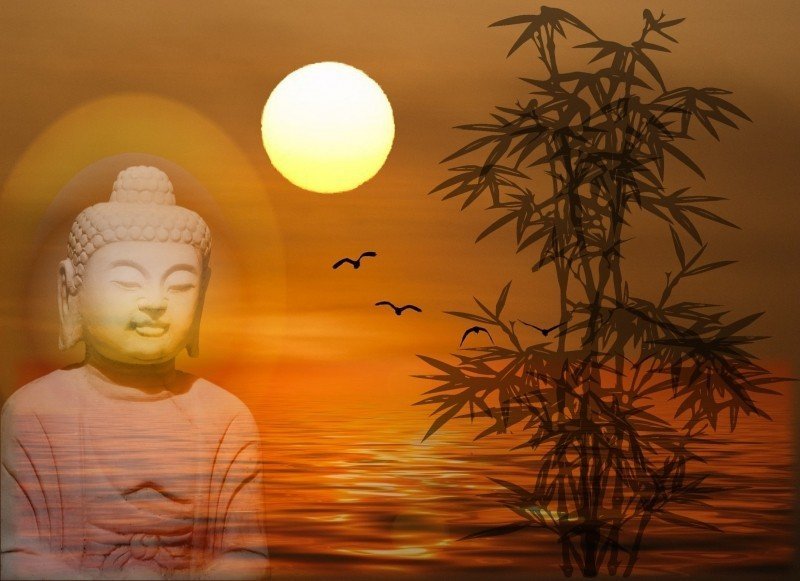When the Truth Ceases to Be True
The Law of Relative Truth states that every statement is true in one sense, false in another, and meaningless from the point of view of the Tao.
There are two forms of truth in the universe: absolute truth and relative truth. Absolute truth, originating as it does in the realm beyond form, is impossible to approach using the forms of thought and names. At best, it can only be described negatively, that is, in terms of what it is not. To use language to describe what it is immediately confines it within the structure of language and relativity. For example, to suggest that truth is pure, one might ask, “Well, how pure?” Immediately, one is limited within the form of language, which cannot express the Absolute.

The Buddha wisely described enlightenment as the end of suffering. Rather than attempt to describe what enlightenment is, he described it in terms of what it is not. Relative truth has many facets and, when viewed from different worldviews or from different realms, it is constantly changing. This is necessary due to fact that the forms of the universe are forms, constantly shifting and transmuting. They are, as noted, the illusion the Hindus called “Maya.” For all intents and purposes, illusions are truth—until one transcends the realms and possesses a consciousness centered on what is real. Then, the truth ceases to be so.

Your Personal Power Symbol is the numerology of your name & the astrology of your date of birth manifested as a unique symbol. It tells the story of your Soul’s journey. See how stunning your Power Symbol is at YourPersonalPowerSymbol.com
